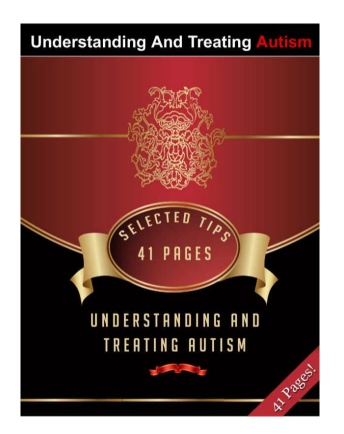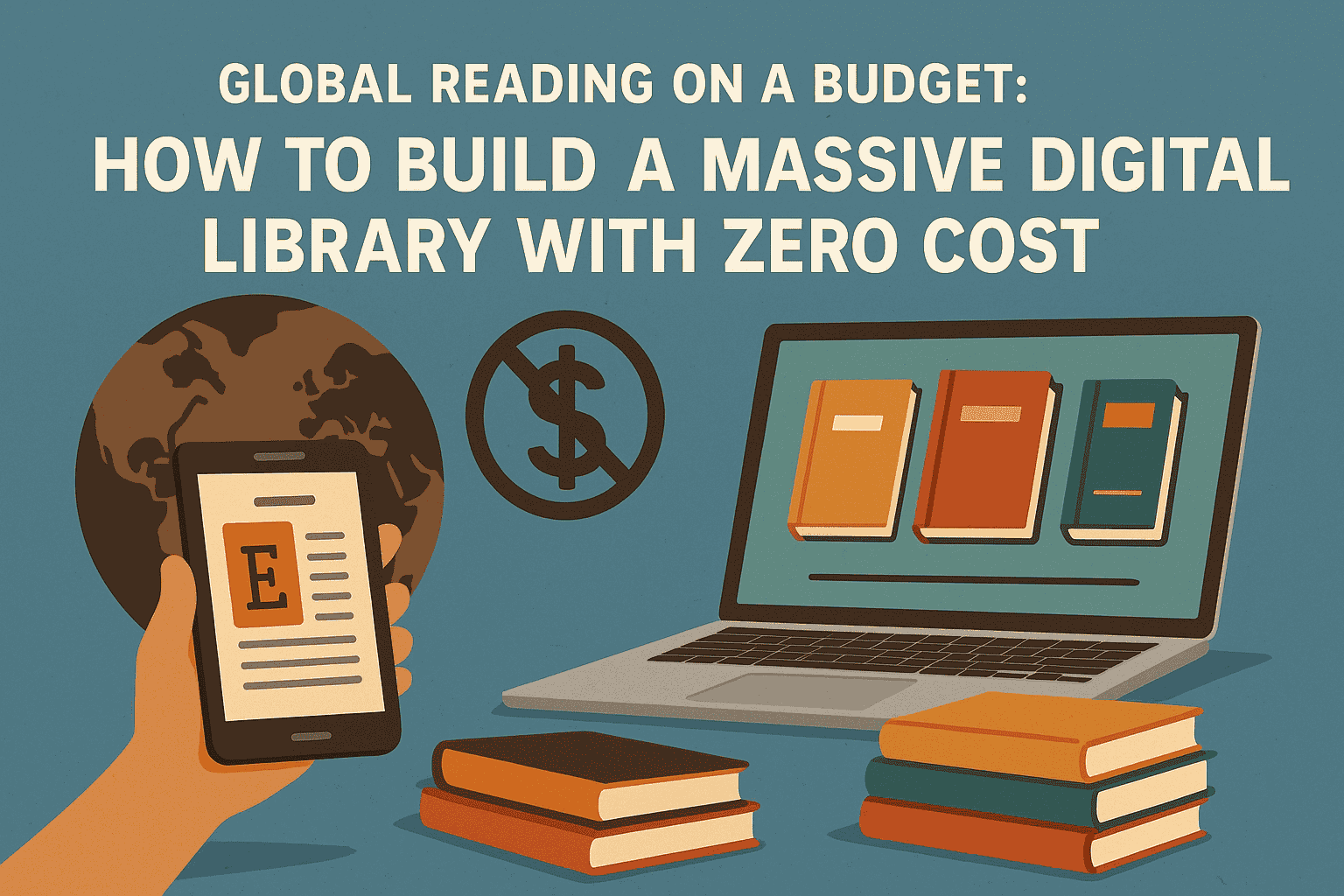How to Write a Compelling Sports Biography
Behind every athlete’s highlight reel is a story that often goes untold—filled with sacrifice, discipline, dreams, and sometimes controversy. A compelling sports biography bridges the gap between the person and the player, giving readers a front-row seat not just to the victories, but to the journey itself.
Whether you’re a journalist, ghostwriter, or self-publishing athlete, writing a sports biography requires more than stats and timelines. It demands authenticity, storytelling skill, and emotional depth. In this post, we’ll explore how to write a gripping sports biography that connects with readers—sports fans and casual readers alike.
Start With Purpose: Why This Story, and Why Now?
Before putting pen to paper (or fingers to keyboard), ask yourself:
-
Why is this story important?
-
What makes this athlete’s journey unique?
-
Who is the intended audience?
A clear purpose anchors your writing. It determines whether your biography is motivational, investigative, celebratory, or cautionary. Is your subject an underdog who defied the odds? A champion with a hidden struggle? Or a legend at the center of controversy?
Defining the book’s “why” shapes everything from structure to tone.
Research Extensively: Facts, Context, and Personality
Even if you’re writing with or about someone you know, research is critical. Go beyond surface-level achievements. You need both the factual backbone and the emotional narrative.
Types of Research to Include:
-
Personal interviews with the subject, family, teammates, coaches, and mentors.
-
Archived game footage, stats, and newspaper articles.
-
Historical context—what was happening in the sport or the world at the time?
-
Social media and press coverage to understand public perception.
Research allows you to place the athlete in a broader cultural, political, or social frame, making the story more meaningful to a wider audience.
Build a Narrative Arc: Not Just Chronology
A sports biography shouldn’t feel like a Wikipedia entry. A compelling biography reads like a novel—it has structure, tension, and resolution.
A Strong Narrative Arc Includes:
-
The Hook – A powerful opening that drops readers into a pivotal moment.
-
The Struggle – Training, setbacks, personal issues, failures.
-
The Turning Point – A mentor, injury, big break, or dramatic win/loss.
-
The Triumph (or Fall) – What changed as a result of this journey?
-
The Reflection – What lessons were learned? Where is the athlete now?
Even if you're writing non-fiction, remember this: readers connect to stories, not stats.
Go Beyond the Game: Explore the Athlete’s Humanity
What separates great sports biographies from forgettable ones? Vulnerability. Readers don’t just want to know what the athlete achieved. They want to know:
-
What they feared.
-
Who they loved.
-
What nearly broke them.
-
How they saw themselves—on and off the field.
Include chapters that touch on:
-
Childhood influences
-
Mental health struggles
-
Balancing fame and privacy
-
Life after retirement
When athletes are humanized, the story becomes more relatable—even to those unfamiliar with the sport.
Capture the Voice: Authenticity is Key
If you're ghostwriting or collaborating with an athlete, the voice must reflect the subject, not the author. Every page should sound like the person whose name is on the cover.
Tips for Capturing Voice:
-
Record conversations and transcribe them for natural language patterns.
-
Include colloquialisms, humor, or speech quirks that reflect the athlete’s personality.
-
Use first-person point of view for intimacy, or third-person for objectivity—depending on the subject’s preference.
The voice should remain consistent, authentic, and emotionally truthful throughout.
Weave in Cultural and Historical Impact
Great sports biographies don’t just entertain—they educate. Consider how the athlete’s story intersects with broader issues like:
-
Race and identity
-
Gender equity in sports
-
Politics and activism
-
Media and branding
-
Economics and sponsorships
For example:
-
How did Serena Williams change the perception of women in tennis?
-
How did Muhammad Ali challenge political norms?
-
How did Jackie Robinson alter the fabric of American baseball?
Your book becomes more powerful when it connects personal triumph to collective change.
Don’t Shy Away from Controversy or Flaws
A whitewashed biography lacks depth. Readers want the whole story—the highs and the lows.
Include Honest Themes Like:
-
Substance abuse or recovery
-
Scandals or suspensions
-
Team conflicts
-
Injuries and comebacks
-
Public backlash or media misrepresentation
Handled with care and integrity, these elements add dramatic tension and authenticity to the biography. They show growth, not just glory.
Include Visuals and Extras (If Possible)
Photos, timeline inserts, score breakdowns, or handwritten notes can enhance the biography—especially in print editions.
Visuals to Consider:
-
Childhood or family photos
-
Iconic moments from games or matches
-
Behind-the-scenes training snapshots
-
Memorabilia like ticket stubs or handwritten goals
If your subject has a strong social media presence, consider weaving in screenshots of viral posts or fan interactions.
Decide on Structure: Linear, Thematic, or Hybrid
Not all sports biographies follow a straight timeline. Choose a structure that best fits the story.
Structural Options:
-
Chronological – From birth to present. Great for first-time biographies.
-
Thematic – Each chapter explores a theme: pressure, mentorship, redemption.
-
Reverse chronology – Start with a pivotal game or event, then flashback.
-
Framed narrative – Begins and ends with the same event, told from different perspectives.
Clarity and pacing are vital, so whatever format you choose, ensure it’s easy to follow and emotionally engaging.
Marketing Angle: Who Will Read This and Why?
Your writing must keep in mind your target readership:
-
Hardcore sports fans
-
Young aspiring athletes
-
General non-fiction readers
-
Book clubs and educators
Tailor your storytelling to speak directly to your audience’s values, curiosities, and expectations.
Also, keep in mind how publishers and booksellers will pitch the book:
-
Is it motivational?
-
Is it controversial?
-
Is it a legacy piece?
-
Is it a crossover between sports and culture?
The clearer your angle, the more effective your pitch.
Final Edits: Trim the Fat, Polish the Prose
After your first draft, revisit the manuscript with fresh eyes. Cut repetition. Sharpen dialogue. Fact-check every name, date, and stat.
Ask yourself:
-
Does each chapter move the story forward?
-
Is the emotional arc clear and compelling?
-
Are the transitions smooth?
Consider hiring a professional editor, especially if you plan to self-publish or pitch to a traditional publisher.
Tools and Resources for Writing Sports Biographies
-
Otter.ai or Descript for transcribing interviews
-
Evernote or Notion for organizing research
-
Scrivener for managing long-form manuscripts
-
APA/MLA guides for citation formatting (for journalistic integrity)
-
Beta readers or writing workshops for early feedback
Conclusion: Tell the Story Behind the Stats
At its heart, a compelling sports biography tells us what the scoreboard can’t. It’s a tribute to perseverance, vulnerability, triumph—and what it means to be human under extraordinary pressure.
Whether your subject is a household name or a local hero, write their story with clarity, compassion, and a deep respect for the power of narrative. The field might be where their story starts—but the page is where it comes alive.
Want help publishing your sports biography or working with a professional editor? Whether you’re an athlete or a writer, we offer expert book coaching, editing, and publishing services tailored for powerful nonfiction storytelling. Reach out today to bring your story to life.








